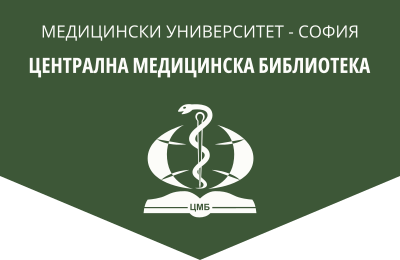Diagnostic algorithm for detection of functional and structural spinal deformities in children ‒ to help the general practitioner
General Medicine, 2024, 26(6), 47-51.
M. Mihaylova1, Z. Ruseva2, S. Filkova3
1 Department of Physiotherapy, Rehabilitation and Thalassotherapy, Medical University – Varna
2 Department of General Medicine, Medical University – Varna
3 Medical College, Medical University – Varna
Abstract. Spinal curvatures have the highest prevalence among all orthopedic disorders in childhood. They are a prerequisite for chronic health-related problems, impaired quality of life and socioeconomic costs. The aim of this review is to present the main diagnostic approaches differentiating structural from functional spinal curvatures in childhood, which determines the therapeutic strategy and prognosis in these children. This article summarizes information from various databases such as PubMed, Scopus and ScienceDirect regarding the prevalence, diagnostic methods for functional and structural spinal deformities in childhood. The analysis of the literature confirmed the opinion that the prevention of spinal curvatures should be carried out through regular screening from early childhood to limit the consequences of their untimely detection and treatment. Spinal curvatures are defined as functional or structural, according to the anatomical structures affected and the mode of formation. The main difference between the two types of scoliosis is that functional scoliosis can be corrected by muscle activation and postural change. Structural scoliosis is fixed and when active correction is attempted, the deformity does not completely disappear. Distinguishing functional spinal curvatures from structural spinal curvatures is necessary to choose the best therapeutic approach.
Key words: functional spinal curvatures, structural spinal curvatures, diagnostics, treatment, general medical practice, children
Address for correspondence: Mariyana Mihaylova Krasteve-Ruseva, e-mail: m.mihailova96@abv.bg
